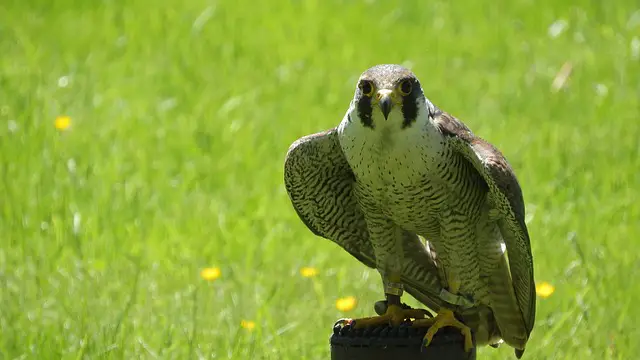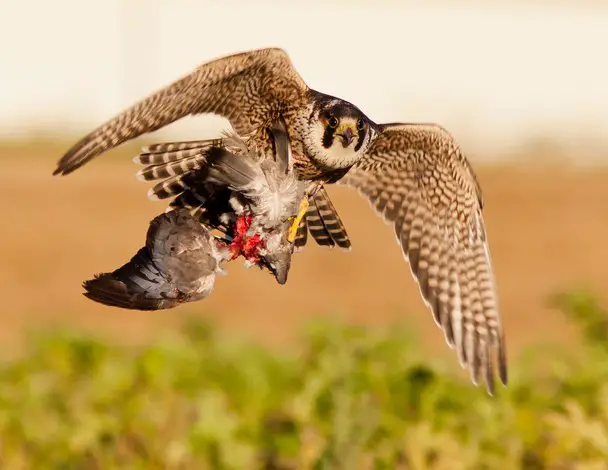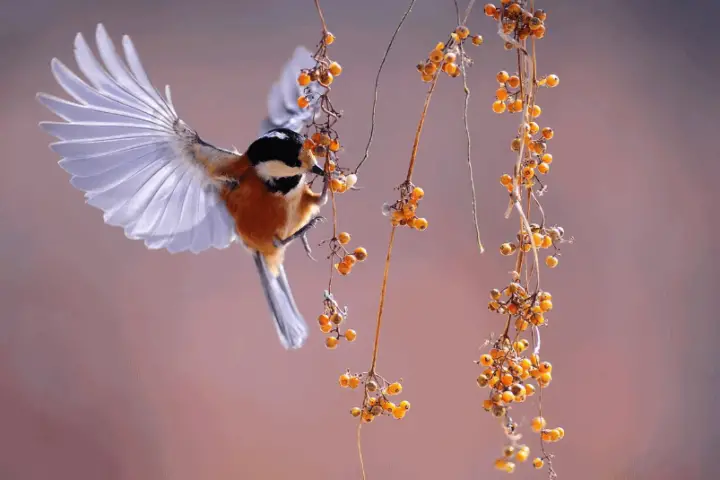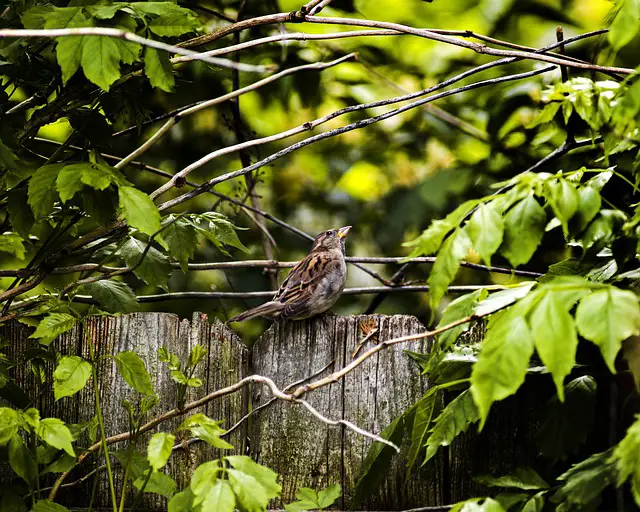Let’s read these wonderful peregrine falcon facts for kids such as peregrine falcon habitat, diet, reproduction and species. The peregrine falcon (Falco peregrinus) has long been recognized as the Duck Hawk all throughout North America.
These falcons are commonly referred to as peregrine and it belongs to the family of Falconidae. The peregrine falcon is a large bird of prey and it seemingly has crow-like appearance together with barred white undersides.
They have a black head and a moustache. Peregrine falcons are challenging hunters that prey on birds (including bats) in the mid-flight.
Peregrines have a breeding range coming from Arctic tundra to the tropics. These birds of prey are not found in Polar Regions and they avoid very high mountains and thick tropical rainforests.
Peregrines do not often hunt on medium-sized mammals rather they take on small mammals, tiny insects, and small reptiles. The medium-sized birds dominate peregrine’s diet.
They are regarded as one of the most widespread birds in the world. Peregrines fancy their living in wide-open regions that are dominant by shorebirds.
Peregrine Falcon Facts For Kids
- The length of the peregrine falcon measures around 34 – 58 cm (13 – 23 inches), with the wingspan measuring at 74 – 120 cm (29 – 47 inches).
- No significant difference is observed between the male and female’s plumage. The females are 30% larger as compared to males.
- The males weigh around 424 – 750 grams (0.93 – 1.7 lb), with females being 910 – 1,500 grams (2.0 – 3.3 lb) heavier.
- The peregrine’s tail measure around 13 – 19 cm (5.1 – 7.5 inches); the tarsus is 4.5 – 5.6 cm (1.8 – 2.2 inches) long, while the wing chord measuring at 26.5 – 39 cm (10.4 – 15 inches).
- These birds have bluish pointed wings coupled with the rusty undersides.
- The average lifespan of the peregrine falcon is up to 17 years.
- Peregrines have the fastest diving speed reaching around 200 miles an hour (320 kilometers an hour) though the top speed is recorded at 389 km/h (242 mph).
Dig Deeper: What Do Peregrine Falcons Eat?
 Habitat and Distribution
Habitat and Distribution
- The peregrine falcons are known to reside in river valleys, coastlines, and mountain ranges. They are often called wanderers as they travel commonly outside the nesting season.
- There are certain individuals that exclusively live on the same breeding territory and are thus considered being true residents.
Read More: Where Do Peregrine Falcons Live?
Feeding Ecology and Diet
- These falcons primarily feed on medium-sized birds including songbirds, waders, waterfowls, pigeons and doves.
- According to a rough estimate, almost one-fifth of the bird’s total population is preyed on by peregrine falcons.
- These falcons are also known to prey on hummingbirds in North America and the prey can be as large as Sandhill Crane.
- Peregrines often prey on feral pigeon, common wood, northern flickers, carrion, corvids, blackbirds, mourning doves, American crows, common starlings, common swifts, and magpies.
- They also hunt small mammals such as mice, voles, rats, shrews, squirrels, and hares. These falcons commonly hunt at dusk and dawn.
Read More: How Fast Does a Peregrine Falcon Fly?
 Reproductive Biology
Reproductive Biology
- These falcons reach the maturity age at their first birthday; however, in healthy circumstances they tend to breed after 2 – 3 years.
- Peregrines are the monogamous birds of prey and they return to the same nesting spot each year.
- Peregrines tend to become rather more territorial during the breeding season.
- They make nests at least 1 km apart in regions with large numbers of pairs. They normally build nests in cliff edges or shallow hollow where there is no or minimum vegetation.
- Peregrine falcons defend their nests against herons, foxes, felids, ravens, gulls, wolves, and bears.
- They often come into conflict with bald eagles and golden eagles. The chicks begin their first flight after 42 – 46 days.
- The eggs are incubated for about 29 – 33 days.
- The breeding season may last for July to August for species living in southern hemisphere while those inhabiting in the northern hemisphere have their breeding season ranges from February to March.
Species | Peregrine Falcon Facts
- Falco peregrinus anatum
- Falco peregrinus babylonicus
- Falco peregrinus brookei
- Falco peregrinus calidus
- Falco peregrinus cassini
- Falco peregrinus ernesti
- Falco peregrinus furuitii
- Falco peregrinus japonensis
- Falco peregrinus macropus
- Falco peregrinus madens
- Falco peregrinus minor






